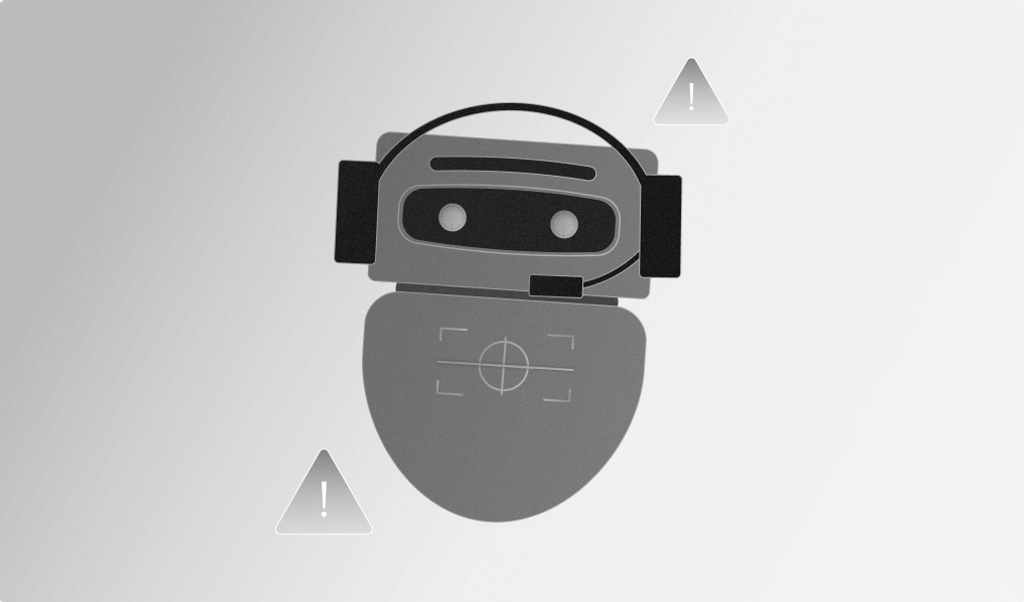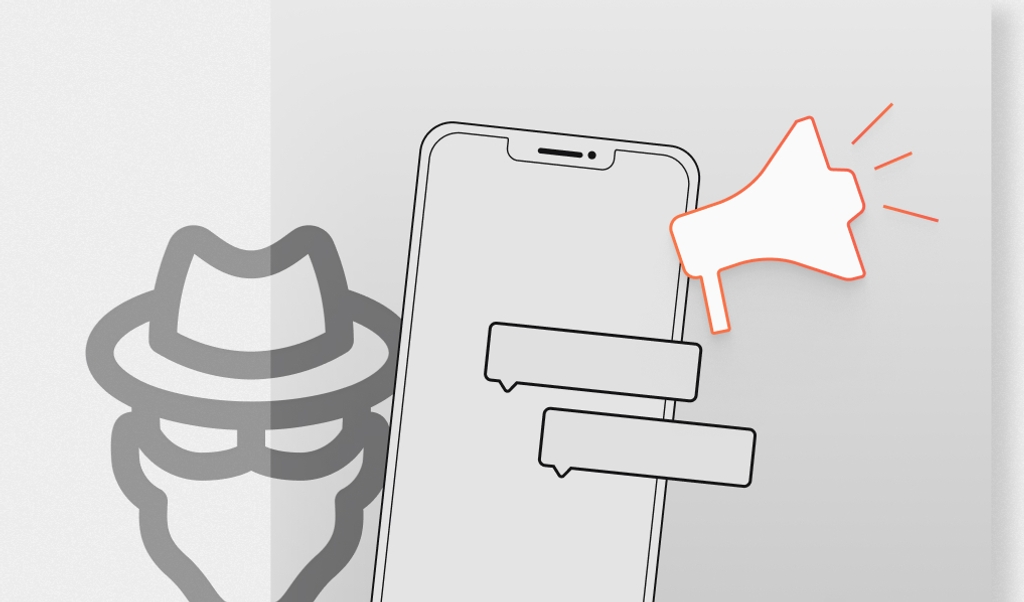
Websites are an integral part of our lives, but that also makes them a prime target for cyberattacks — malicious attempts to exploit vulnerabilities in your website's security to steal sensitive information, disrupt services, or cause other types of damage.
Depending on the nature of your website and services, successful cyberattacks can have severe consequences such as financial loss, reputational damage, and legal liabilities.
According to cybersecurity statistics compiled by Zippia, "The cost of cybercrime is increasing significantly and is expected to grow by as much as 15% over the next five years. It's estimated that by 2025, cybercrime will cost the world roughly $10.5 trillion every year." Zippia estimates that 30,000 websites are hacked each day globally, with one happening every 39 seconds.
The good news is that 95% of cyberattacks are due to human error, which means that something can be done to prevent them. To help track and prevent common cyberattacks, the Open Web Application Security Project (OWASP), a nonprofit organization, maintains a list of the most prevalent security risks affecting websites, including injection attacks, security misconfigurations, and broken authentication. The project is a community-driven initiative that aims to improve the security of software and web applications.
By understanding these attacks and implementing appropriate security measures, you can better protect your websites from potential threats. In this article, you will learn about some of the common cyberattacks and how to implement defenses to ensure that your site is secure.
Common cyberattacks and how they might harm your website or data
There are several types of cyberattacks, each with its own techniques and strategies.
Cross-site scripting
Cross-site scripting (XSS) is a type of security vulnerability that can allow an attacker to inject malicious code into a website. When a user visits the website, their web browser executes the injected code, which can cause various types of harm, such as stealing their sensitive information or redirecting them to a different website.
XSS attacks usually occur on the client side, meaning that the vulnerability is in the code that runs on the user's web browser rather than on the server that hosts the website. This makes it difficult for website owners to detect and prevent XSS attacks as triggering them often requires user input.
SQL injection
SQL injection attacks involve an attacker exploiting vulnerabilities in your website's database query code to execute arbitrary SQL commands. This allows them to access, modify, or delete sensitive data such as your users' credentials, debit or credit card information, and so on.
The potential harm from a SQL injection attack includes data breaches, website defacement, and unauthorized access to the entire database.
Cross-site request forgery
In a cross-site request forgery (CSRF), your user is tricked into performing an unintended action on your website, such as changing their password.
Attackers carry out this attack by creating a malicious web page or email that contains a hidden form or link to your website, where the user is already authenticated. When the user visits the malicious webpage or clicks on the link, the hidden form or link sends a request to your website on behalf of the user.
CSRF attacks can cause data theft, reputation damage, and other serious consequences.
JSON Web Tokens attack
JSON Web Tokens (JWTs) are popularly used to authenticate and authorize users into a web application. Attackers can steal, forge, or manipulate JWTs to gain unauthorized access to your users’ account, allowing them to access sensitive data or perform unauthorized actions on behalf of your users.
XML External Entity attack
XML External Entity (XXE) attacks target web applications that parse XML input.
By exploiting a vulnerability in the XML parsing process, an attacker can include an external entity reference in the XML input. When your application processes the XML input from the attacker, it resolves the external entity reference, and the attacker's code or data is included in your application's processing.
This technique allows the attacker to execute arbitrary code, read or write files on your server, or access sensitive data.
Implementing defenses for your website
With those attacks in mind, let's consider possible defenses you can implement to guard against cyberattacks.
Implement a web application firewall
A web application firewall (WAF) monitors and filters all incoming traffic to a website. It sits between the web server and the internet, where it analyzes all incoming traffic and blocks any traffic that it determines to be malicious. Common features of a WAF include access control, input validation, traffic monitoring, reporting, and logging.
WAFs are useful for protecting your website from XSS, SQL injection, and CSRF attacks. One of its key benefits is that it can detect and block attacks in real time, reducing the risk of damage to your website. Additionally, WAFs can be configured to block traffic from specific IP addresses or regions.
When selecting a WAF, choose one that is tailored to your site's specific needs. While some WAFs are designed for enterprise-level websites, others are more suitable for smaller websites. For instance, if you have a large e-commerce website or your website handles large volumes of financial data, enterprise-level solutions such as F5 BIG-IP Advanced WAF or Akamai Web Application Protector are good options because they offer advanced features such as machine learning and AI-based threat detection and real-time attack analytics.
However, most enterprise-level WAFs require high expertise to manage them. If you have a small to medium-sized website and applications, consider a cloud-based solution like Cloudflare WAF. These types of solutions provide more out-of-the-box configurations, which make them less complex to manage than enterprise-level WAFs.
Also ensure that your WAF is configured correctly as misconfiguration can leave the website vulnerable to attacks. For instance, if you configure your WAF's rate-limiting parameters too low, you could limit the number of actions legitimate users could perform per session. On the flip side, if you make them too high, you can open chances for malicious users to perform DDoS attacks.
Keep content management software up to date
A content management system (CMS) is a software application used to create, manage, and publish website content. Popular CMSs include WordPress, Drupal, and Joomla!.
While CMSs provide website owners with an easy and convenient way to manage their website content, they can also be a target for cyberattacks. One of the most common attacks is to exploit vulnerabilities in CMS software caused by outdated versions, malicious plugins, or insecure configurations.
You can defend your site against these attacks by keeping your CMS software up to date. CMS developers often release updates and patches specifically to address security vulnerabilities and other known issues. Also only install CMS plugins from reputable sources and ensure that the plugin has no vulnerability history. Lastly, use secure passwords for your CMS accounts and restrict access to accounts to authorized users only.
Implement SSL to encrypt data transfer between your site and users
Secure Sockets Layer (SSL) is a security protocol used to encrypt the data transfer between your website and its users. SSL makes it difficult for cyberattackers to intercept, read, and tamper with this data. SSL is particularly important for websites that handle sensitive information, such as personal information, credit card numbers, or medical records.
To implement SSL, you can obtain an SSL certificate from a trusted certificate authority and install it on your website's server. When a user accesses the website, their browser checks the certificate to ensure that the website is genuine and that the data transfer is encrypted.
Use device fingerprinting
Device fingerprinting is a technique used to identify and track devices or users based on their unique characteristics or behavior patterns. It involves collecting and analyzing various types of information about a device such as its IP address, browser type, and version as well as installed plugins, screen resolution, time zone, and more. This information is then used to create a "fingerprint," or digital signature, that is unique to each device.
For example, Fingerprint uses advanced algorithms and machine learning techniques to create unique fingerprints for each device that visits your website based on various characteristics, such as IP address, operating system, browser type, and other information. These fingerprints are then used to detect and prevent fraudulent activities as well as enhance security.
Device fingerprinting is useful for detecting malicious bots that attempt to access your site, a technique often used to carry out cyberattacks at scale. Bots can be used for various purposes, including scraping data from your website, launching distributed denial of service (DDoS) attacks, and attempting to brute-force login credentials. Since bots often use automated tools that create a consistent fingerprint, device fingerprinting detects them very effectively. By comparing incoming traffic against a database of known bot fingerprints, fingerprinting solutions can block matches or subject them to additional scrutiny.
Stopping bots from accessing your website can keep many common cyberattacks from taking place. For instance, in XSS attacks, attackers can use bots to automate the injection of code, making it easier to perform large-scale attacks. Preventing bots from accessing your website decreases the changes of such attacks, especially at scale.
When selecting a device fingerprinting solution, be sure to choose one that's accurate. For example, Fingerprint Pro boasts an impressive industry-leading accuracy in identifying unique visitors. Because it captures and analyzes hundreds of signals from a user's device, browser, operating system, and hardware configuration to generate a unique visitor ID, Fingerprint Pro can also detect attempts by malicious users to conceal their tracks. A reliable fingerprinting solution like Fingerprint Pro enhances your website's security, helps prevent fraud, and offers your users a personalized service while ensuring their privacy.
Conclusion
Defending your website against cyberattacks is crucial to protect your data, users, and reputation. This article explained how several common types of attacks can harm your website, including cross-site scripting, SQL injection, cross-site request forgery, JWT attacks, and XXE attacks.
Fortunately, you can implement several effective defenses to protect your site. These include using a web application firewall, keeping your CMS software up to date, and implementing SSL to encrypt data transfer between your site and users.
And to stop many cyberattacks before they happen, consider using a device fingerprinting solution like Fingerprint to prevent malicious bots from accessing your site.



